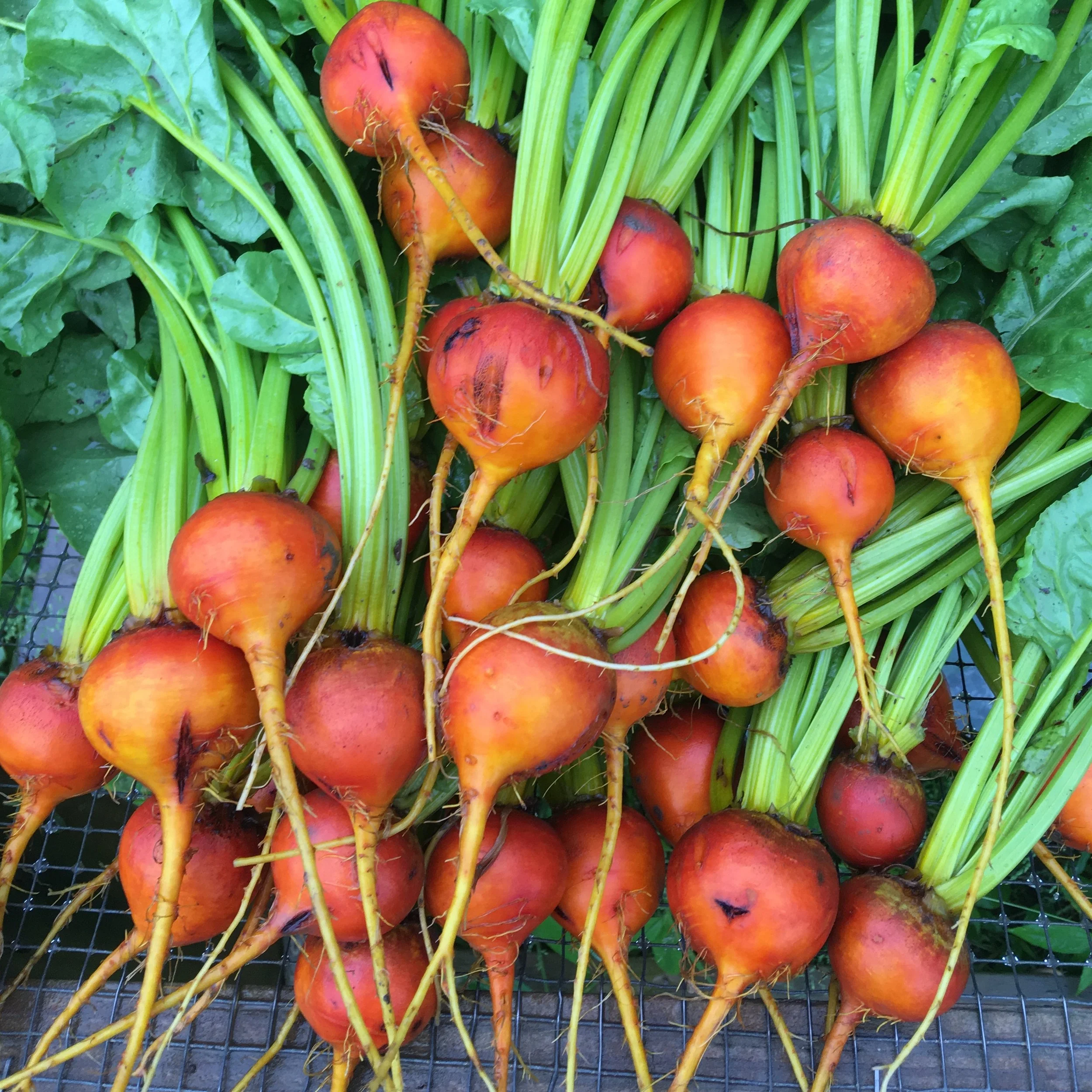The Chiltepin Pepper is another hot pepper or Capsicium annum. It is not to be consfused with either the Pequin or a Turkish pepper. It is one of the few peppers native to North America though also can be found in South America. Tepin is derived from a Nahuatl (native Aztec/Central American/Mexican culture) word meaning "flea." They are a wild pepper that has been growing across the American South-West for centuries.
Read MoreA cultivar of Capsicum annum, this pepper is believed to have originated in the Caribbean and became popular during the 19th Century among African Americans, and was used commonly as an ingredient in the oyster and crab houses, especially in Baltimore and Philadelphia, thus the name “fish pepper.” Like many old breeds it fell out of favor in the early 20th century and was almost lost.
Read MoreThere are two things that have the largest impact on what we do here at Carriage House Farm: the market for the goods and services we provide and Mother Nature.
Read MoreOne of the most luminous vegetables we’ll pull out of the garden all year long, beets are both ridiculously colorful and ridiculously flavorful. And, like radishes, it seems people either love them or hate them.
Read MoreDill weed is a lovely herb—literally.
Read MoreSo radishes are a thing of debate around Carriage House Farm. The staff is more or less evenly divided between diametrically opposing viewpoints on this crunchy, funky, spicy root vegetable. We either hate it or love it.
Read MoreThe Hartsock side of the Carriage House Farm family has, for long as anyone can remember, eaten green onions in the simplest way possible—pull them, clean them, trim their ends, chill them and then eat them at dinner dipped in salt.
Read MoreWhere is Carriage House Farm headed? Learn more about the direction we are headed with a piece written by our farm manager, Richard Stewart.
Read MoreOn Ramps…sustainable harvest a must these days.
Read MoreWith global warming and the resulting swings in weather experienced on our farm we decided to research tapping walnut trees to collect their sap to render into a delicious walnut syrup. This is a documentation of that experience.
Read More












